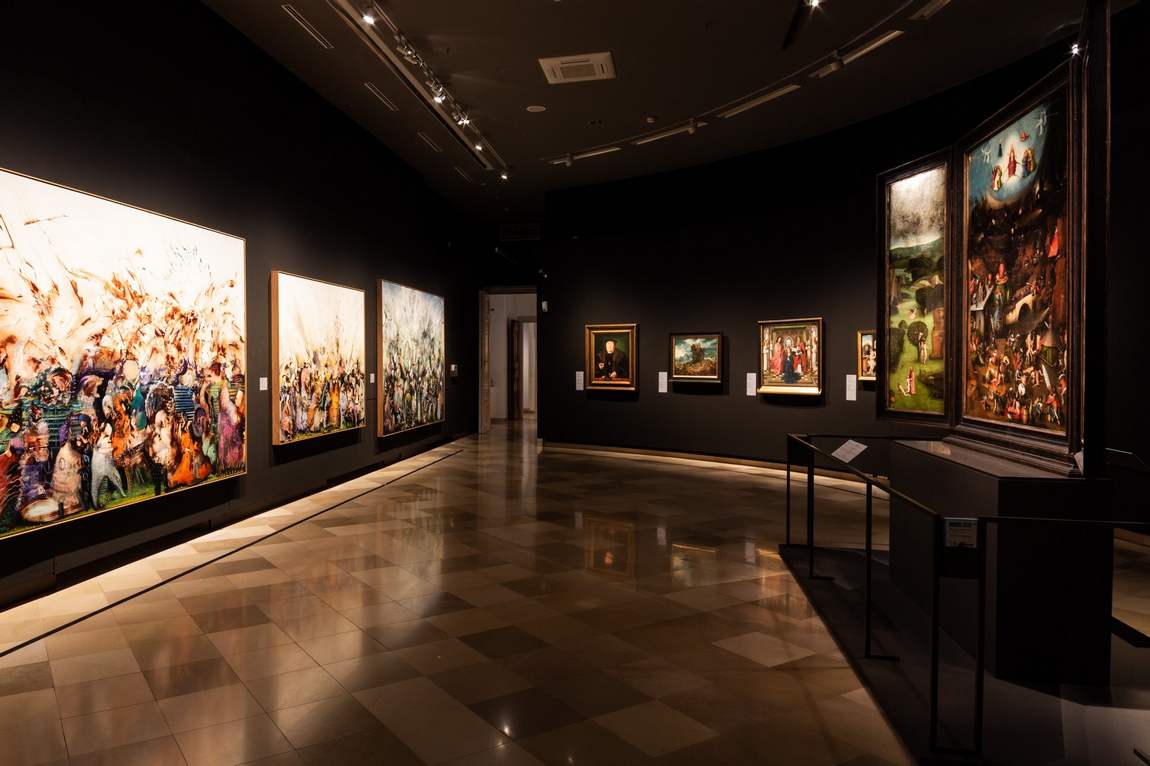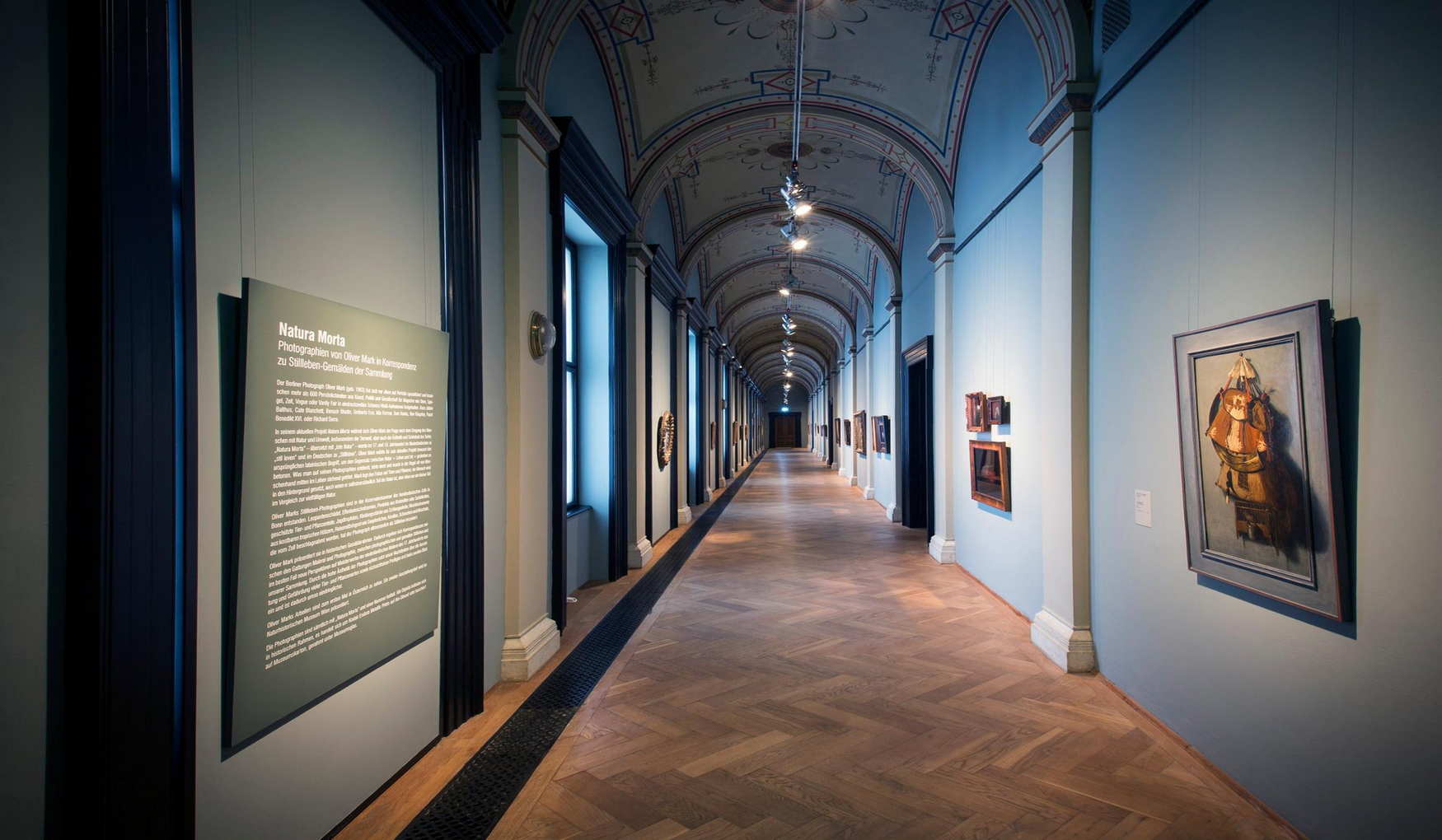The Academy of Fine Arts in Vienna immediately catches the eye with its elegant façade, in which every architectural element is executed with a striking sense of style. A monument to the poet Friedrich Schiller stands in front of the entrance. The neo-Renaissance building was designed by Master Theophilus Hansen, an honorary citizen of Vienna and a professor at the same academy.
The choice of architectural style was not accidental — the Neo-Renaissance was in vogue in 19th century Europe. The grace in every stone is perhaps its most important feature. The large Renaissance windows of the Academy of Fine Arts in Vienna blend harmoniously with the asymmetrical plaster facade.
Here graceful forms can be combined with functional planning and spatial structure, and the merging of orderly and arched systems is evident. In short, everything beautiful was taken from the Renaissance and everything practical from the bourgeoisie.
The Neo-Renaissance called for expressive forms that declared the purpose of the building. Hensen achieved this brilliantly, so that at first glance it is clear that this is a place where real art is kept and created.

The Art Gallery of the Academy of Fine Arts Vienna contains hundreds of paintings by great artists of all times. Here you can see the original of Bosch's legendary work, the Last Judgement triptych, which is over 500 years old. Other treasures include works by Titian, Rubens, Van Dyck, Rembrandt and Dürer.
As well as the world's finest paintings, the Academy also displays prints, drawings, sketches, watercolours, rare books and even medieval drawings. Paintings by modern masters are sometimes displayed in the halls, as well as artefacts from private collections.
When visiting the Academy, you can borrow an audio guide (available in English and German) full of interesting details. A nice bonus of the exhibits is their ease of viewing - everything is very compact and ergonomic, clearly divided into categories.
The Academy of Fine Arts in Vienna is not a tourist attraction that attracts crowds of visitors. Rather, it has an exclusive atmosphere.
Not unusual for couples with children. And why not? Children love to look at pictures, and you want to teach them about beauty from an early age. Young people of school age who want to link their lives with art usually come here to "explore". After all, the Academy of Fine Arts in Vienna is rightly regarded as the best starting point for entering a world-class creative community.
The Academy of Fine Arts in Vienna is not just a museum — it's a functioning school. It teaches not only painting, but also design, architecture, textiles, technology and the natural sciences of art. Any talented young man or woman from any country in the world is welcome to apply for admission to this institution of higher learning. Today, 25 per cent of its students are citizens of other countries.
By the way, the academy professors have always been able to separate the wheat from the chaff. At the beginning of the 20th century, a young Adolf Hitler came to Vienna; for some reason he thought he was a brilliant artist and decided to enrol at the Vienna Academy of Fine Arts. After two failed attempts, he had to leave with nothing. Many now wonder how world history would have turned out if Hitler had become an artist instead of a politician.
It is interesting to note that most of the masterpieces were originally in the private collection of Count Lambert-Sprinstein, who donated them to the Academy in 1822. The academy itself was owned by the painter Peter Strudel three hundred years ago.
Today it is a state university that has become the alma mater of the Polish painter Leopold Horowitz, the Austrian architect Otto Wagner, the French painter Henri Schlesinger and other talents — diamonds worthy of the crown of His Majesty the Art.











